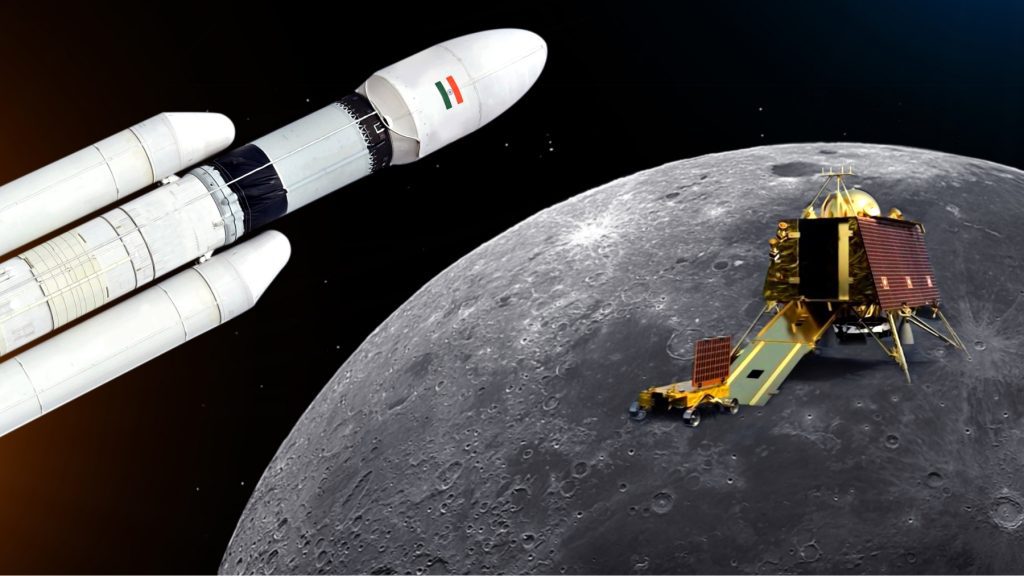
This is like the gift that keeps on giving. India’s lunar mission, achieved on a shoestring budget, has found traces of sulphur, aluminum, iron, chromium, titanium, manganese, silicon and oxygen. These are the building blocks of future colonization.
It means that these materials will not need to be transported from Earth at vast cost. It is simply incalculable how these discoveries will enable humankind to take that ‘gianter’ leap into the solar system, which has been on the drawing board for over 50 years.
The lunar mission:
that cost half the amount of your average blockbuster movie.
that was first to land in the polar region of the moon.
that discovered the elements necessary for human habitation.
What else will Chandrayaan-3 achieve in this incredible tale that reflects a nation on the threshold of becoming a superpower?
Well, the one thing it hasn’t found yet is hydrogen. But I’d like to think the operative word here is ‘yet’. After all, the whole rebooted space race with the Chinese, Russians and Americans was triggered by evidence of ice in the polar regions in 2008. The discoverer? Chandrayaan the first, no less.
How have these discoveries occurred?
So the lunar module dispatches a moon rover, whose direction is monitored and controlled from Earth. In case you were wondering, it doesn’t just find the stuff lying around. It’s a little more interesting than that.
The moon rover collects rocks. Then it brings them back to the lunar module. There’s an instrument on Chandrayaan-3 called the Laser-induced Breakdown Spectroscopy. This instrument directs intense blasts of laser light at the rocks, causing them to break down at a molecular level.
This reveals an electromagnetic spectrum which in turn reveals the trace elements. Simple, right? And in the cut price spirit of the whole adventure, it only takes 1.2 watts of power.
The building blocks of moon colonization exist. And the price won’t be astronomical. Sorry, couldn’t resist.